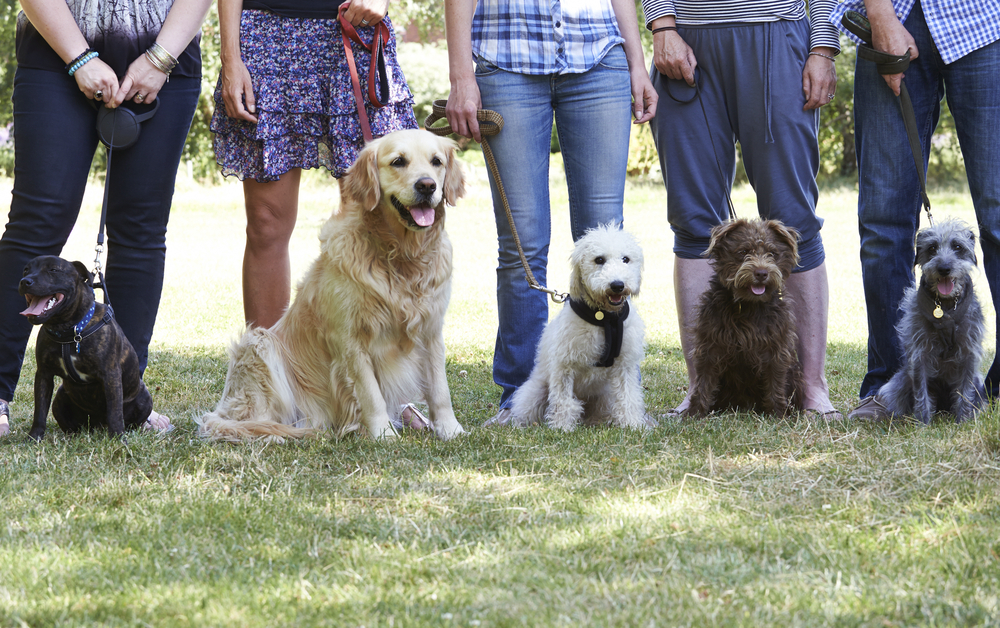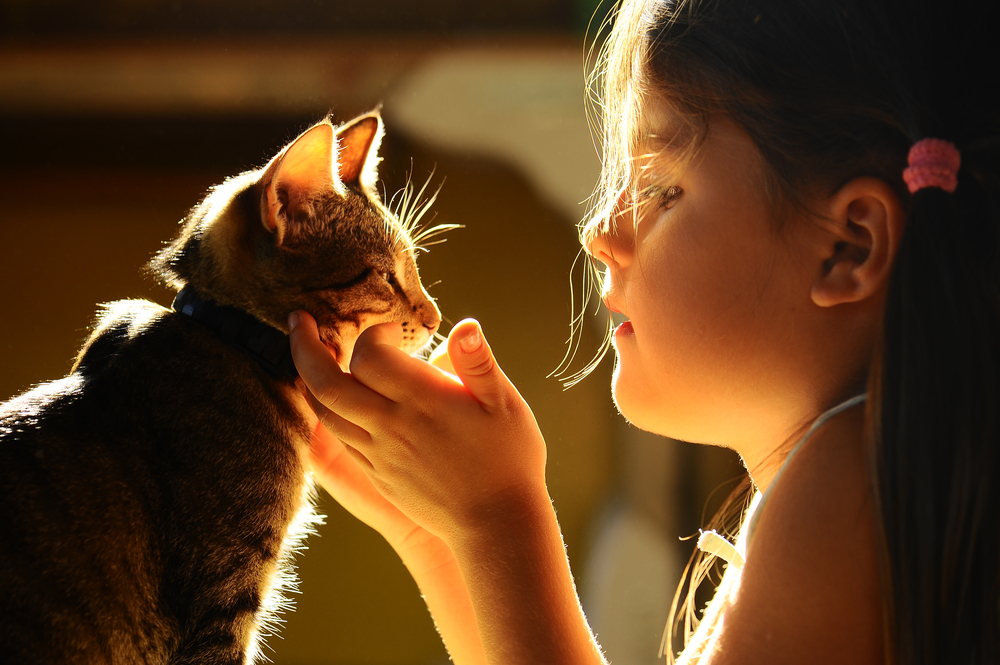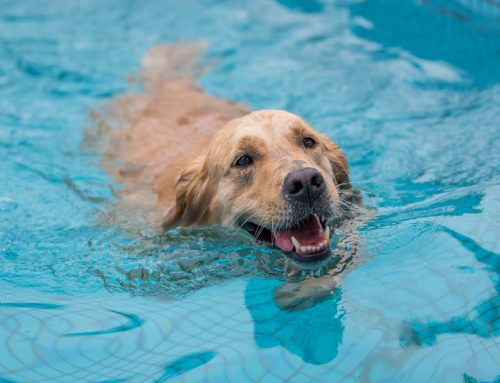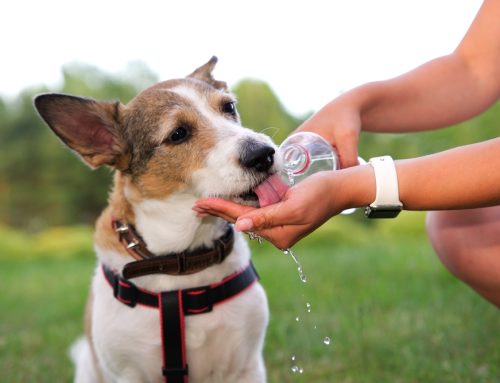Growing up with a pet can be a memorable and rewarding experience for children. Pets not only bring joy and constant entertainment, but they also teach kids important lessons about responsibility, compassion, and empathy. However, ensuring that children and pets coexist safely is essential. Our team at MountainView Veterinary Hospital shares five tips to help keep your kids and pets safe.
#1: Always supervise children and pet interactions
No matter how gentle or well-behaved your pet is, you should never risk leaving them with your young children unsupervised—for your child’s safety and your pet’s. Young children may not fully understand that they must handle pets gently, because they can be hurt unintentionally if they are handled roughly, and while some pets may tolerate being poked and prodded, others may become fearful and aggressive. Countless incidents have been reported where a child has unintentionally startled or provoked a normally extremely calm pet, and you must be available to intervene if your child plays too rough or your pet is distressed.
#2: Teach children safe and gentle pet-handling techniques
All pets need to be treated gently and respectfully, and while your child has good
intentions when they throw their arms around your pet in a bear hug, such gestures can overwhelm a pet and cause a reaction. Children don’t instinctively know how to interact safely with an animal and must be educated on approaching and handling pets. Teach your child the following steps:
- Let the pet come to you — Waiting for a pet to come to you, rather than approaching them, allows them to opt out of the interaction.
- Go slowly — If a pet accepts your invitation, pat them gently for three to five seconds, and then pause. If the pet stays or moves closer, you can pat them again, but if they move away, let them go.
- Respect a pet’s choice to leave — A pet’s comfort level can change at any time, and you must allow them to decide when they are no longer interested in the attention.
#3: Watch your pet for stress signs
Pets can’t say that they are feeling uncomfortable, but they can show us with their body language, and knowing their stress signs can help avoid a potentially dangerous situation. When energetic children exaggerate their movements or shriek or shout, the most confident pets can become nervous and unsure—and startled pets may bite or scratch. Dogs and cats usually send a warning sign before they react, and you should familiarize yourself to protect your child, if necessary. The following behaviors can indicate your pet is stressed:
- Excessive panting
- Whining
- Yawning or scratching
- Restlessness
- Avoidance (i.e., shying away, retreating)
- Lip licking
- Whale eye (i.e., making the white of the eye visible)
- Dilated pupils
- Pinned ears
- Tight or pursed lips
- Raised hair on the neck
- Shaking or trembling
- Cowering or low posture
When you see any of these stress signs, remove your pet from the situation and give them time and space to calm down.
#4: Establish clear boundaries for your pet
Establishing clear boundaries for how and when your child can interact with your pet creates a safe home environment and can prevent many issues. Follow these rules to keep your child and pet safe:
- Mealtime — Never approach a pet who is eating, because they will guard their resources and may react inappropriately.
- Sleep — Like humans, pets can be grumpy when startled from their sleep, so teach your child to let sleeping pets lie.
- Space — Create a safe space for your pet, such as a designated room, crate, or corner, where they can retreat and relax if they feel overwhelmed. Teach your child that this space is off-limits, and they must not disturb your pet
#5: Socialize your pet

One proactive measure is socializing your pet, which involves exposing them gradually and positively to new people, places, and animals. Pets best process and accept new experiences between 3 and 14 weeks of age, so the earlier you begin their socialization, the more well-adjusted they will become. You should also teach your pet to accept their ears, mouth, feet, and belly being handled, rewarding them with praise and treats to create a positive association.
These tips can help you create an environment where your child and your pet can comfortably coexist and form a meaningful, safe, and enriching bond. And, remember—parents should always model responsible pet ownership, and one of the best examples is ensuring your pet has annual wellness exams. Contact our team in Denville, New Jersey at MountainView Veterinary Hospital to schedule your pet’s appointment.








Leave A Comment